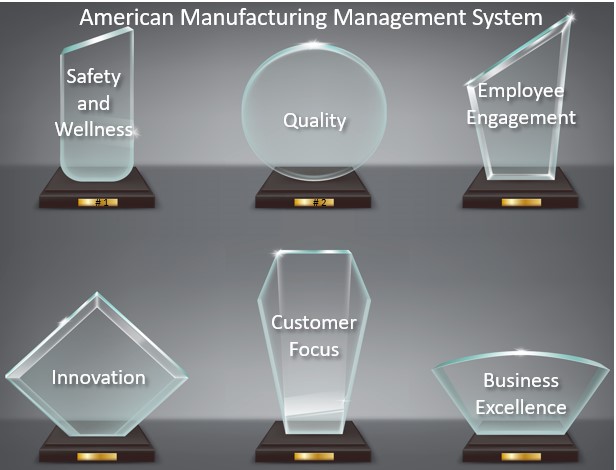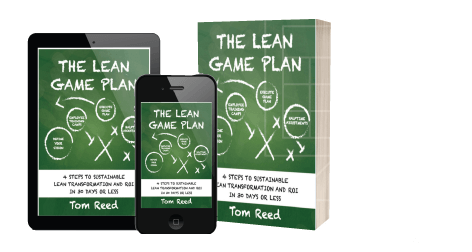Is your organization beginning your Lean transformation, but you don’t know where to start? Have you been at it for years, but now you’re stalled? They have assigned you to be your organization’s Lean Coordinator and aren’t sure what to do?
I have been honored to work with many organizations over the years. Most have seen fantastic, mind-blowing results from Lean efforts. I have also seen companies lose interest after a short period. They treat their Lean innovation like a Book of the Month Club or get frustrated from a lack of results. There are organizations paralyzed and never begin their Lean transformation. To me, that is the worst situation of all.
I would like to share some missteps I have seen.
- Companies make their Lean transformation more complicated than it needs to be. They gather too much data. They struggle with analysis paralysis. They confuse the workforce with Lean terminology. None of this helps the company improve. I suggest that you deploy a simple framework for success.
- They put the success of the transformation in the hands of a few individuals. Leadership hands the effort to a few “Lean coordinators” and expects them to impact the bottom line. How can you drive real culture change if everything is left to a few people? You won’t have any employee engagement if we involve only a few employees in the innovation.
- The number of Kaizen or Rapid Improvement Events (RIE’s) conducted is a key measure of success or KPI. This can lead to RIE fatigue. People are scheduled into events they know nothing about. They get included in events to “check the box” that they were in a Rapid Improvement Event.
I know there is a much better way to ensure you will have a successful Lean transformation- one that involves a true culture change. It is a simple four-step framework.
1. Define your Vision
The first step is for leadership to agree upon what the True North is for the organization. This translates into a Lean Management System. It’s important that they agree upon a few Key Performance Indicators that measure the performance of the business.
I had a client whose mantra was to measure what matters. They went from measuring thirty KPI’s to about six. Guess what? They gained much more clarity in their business decision making and they made rapid gains in a short time.
Use Value Stream Mapping to identify waste opportunities in your business. Then establish a Lean Game Plan that includes Lean activities scheduled a quarter at a time.

2. Employee training camps
This should go without saying, but I’ve seen many organizations skip this step or try to take shortcuts. It is important to train everyone in the organization on basic lean concepts. You aren’t trying to make them experts but expose them to Lean concepts. This helps provide a background they can rely on when they take part in RIE’s.
3. Follow the Lean Game Plan
Using Value Stream Mapping as your backbone, identify waste in your processes. Focus on removing the waste using Rapid Improvement Events. Schedule the events a quarter at a time and make sure they occur.
Ensure teams have a report-out after every event. Video the report-out in case members of leadership can’t attend in person. They can watch the recording and provide positive feedback to the participants when they return. That feedback is a key ingredient for generating employee engagement and culture change.
4. Half time adjustments
Review your RIE library quarterly. After you have been conducting RIE’s for a while, you will develop a library of events that have been completed.
Have a monthly meeting to review the events, formally close events and ensure you are sustaining the gains. If you are not seeing improvement to your KPI’s after two quarters, don’t be afraid to make changes. Sports teams often make half-time course corrections and you should too!
The organizations I have coached over the years that adopt this simple framework have seen better results compared to organizations that don’t.

If you would like to learn more in-depth about the four steps I have a book called the Lean Game Plan which describes this exact framework in more detail. You can purchase it here!
You can listen to the podcast episode at American Lean Weekday!
You can listen to it on YouTube here!
As always it is an honor to serve you and I hope that you and your company are getting better every day!
